Riverton, Utah’s water has notoriously been one of the worst water supplies on the Wasatch front. The water hardness typically tests between 30 GPG (grains per gallon) to 60 GPG. Pretty much liquid rock. Because of the effect this water has had on home plumbing, appliances, clothes, fixtures, and the like, the city council voted to switch their water source to the Jordan Valley Conservancy District. The change will go into effect May 1, 2015.
All in all this is a great move for the residents of Riverton. The new water source will not be as damaging and costly as Riverton’s because the TDS (Total Dissolved Solids) and the hardness levels are much lower. It will also not be as taxing on the water treatment equipment already in the home, such as water softeners, and reverse osmosis units.
The questions we have received at Total Water LLC are, “Do we need our water softener and reverse osmosis unit anymore?” Evidently, from some of the customers we have spoken to, the city of Riverton sent out some information telling its citizens they no longer need any of these water treatment devises. We have not been able to confirm or discount this information at this time. What we can tell you is; we firmly feel you still need your water treatment equipment and here are our reasons why:
1) The water in the Jordan Valley Conservancy District, according to their water report is between 10.9 GPG and 14 GPG. The EPA (Environmental Protection Agency) classifies 3 GPG and above as hard, and 10 GPG and above as very hard. So the water is still hard, just not horrifically hard. Total Water LLC services hundreds of customers in the Jordan Valley Conservancy District, which includes, Cottonwood Heights, Holladay, Midvale, Murray, Sandy, and South Salt Lake. Because the water is still hard, these customers understand the need to treat their water to make it more conducive to use within their homes. So if you enjoy soft water, and the benefits of soft water, you will still want to keep your water softener and reverse osmosis unit. You will also want to keep them in tip top shape as well. You will still notice a big difference between hard water at 10 – 14 GPG and soft water in your home.
2) With the switch from Riverton’s own water source to the Jordan Valley Water Conservancy District the residents of Riverton have joined the rest of the Wasatch front in regards to their water hardness. The average hardness on the Wasatch front is about 20 GPG. Most residents with 20 GPG hard water have water softeners. So you now are a part of the average. The fact is Utah has hard water, and to counter the negative effects of hard water, you need a water softener. You have simply moved from extreme hard water to hard water.
3) The TDS (Total Dissolved Solid) content in the Jordan Valley Conservancy District is on average 252 PPM (MG/L), based on the information from their own water report. The water from your reverse osmosis unit will be (on JVWCD water supply) between 5 – 20 PPM. Still a big difference. Here is the link on their website for their water analysis. Please review the report. (https://jvwcd.org/water/wqr) As you review the information you will notice the column that indicates the “average” amount of the contaminant in the water. Look at the contaminant and the amount. You need to decide if you really want that in your body as you drink the water. Yes they are below the MCL (Maximum Contaminant Level) but how much water do you drink in a year, and how much of that contaminant passes through our bodies and how much of it is accumulative. The question is, would you rather have it removed as much as possible or drink it? If you would rather have it removed then keep your reverse osmosis system and keep up with the filter changes and maintenance.
Currently your water conditioner will regenerate frequently because the level of hardness in Riverton is three times more than that of the Jordan Valley Water Conservancy District’s water. From the water rates it appears as if Riverton residents will be paying more for their water. ( http://www.rivertoncity.com/img/File/Culinary%20Water%20Comparison.pdf) Because of this you will want to have your water softener adjusted to the new hardness levels which will make your water softener regenerate much less than it currently does saving you money in salt as well as water.
You may also want to service your reverse osmosis unit and have a “clean” start when the new water goes on line. We would recommend that you have your filters changed, the membrane changed, and the unit sanitized. You may also want to have the O-rings inspected to make sure they are not brittle, old, or worn out, which may cause a leak.
In conclusion, it is a great move for Riverton to acquire another water source that is not as hard and damaging and costly to its residents. Even though municipalities do their best to provide its citizens with the best and safest water available, it still is up to the homeowner to get their water to the best quality it can be for their specific uses, such as drinking, laundry, showering, cleaning, and dishes. To accomplish that, homeowners still need to treat their water with point of entry and point of use systems such as water softeners and reverse osmosis units. Please give us a call so we can adjust your water softener and service it so you will be ready for the new water. Call us at 801-796-0940.
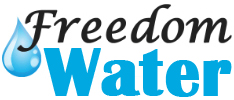
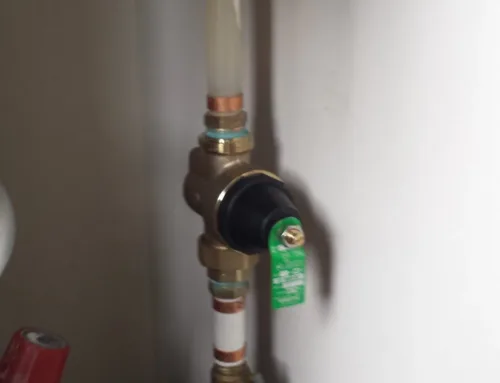
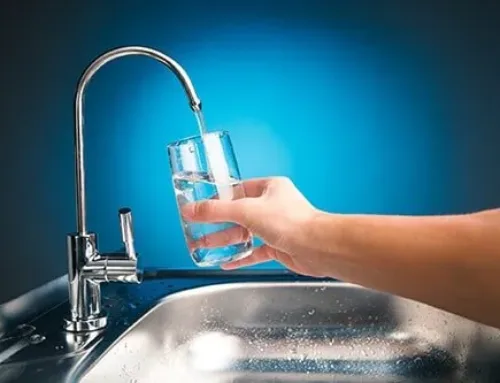
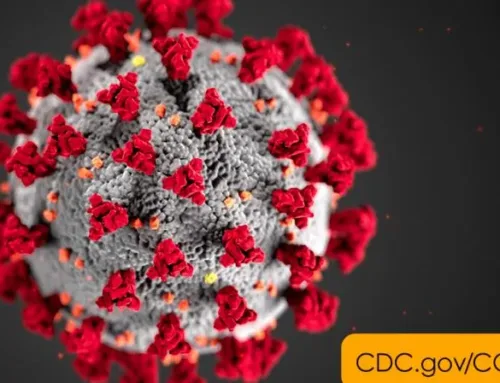
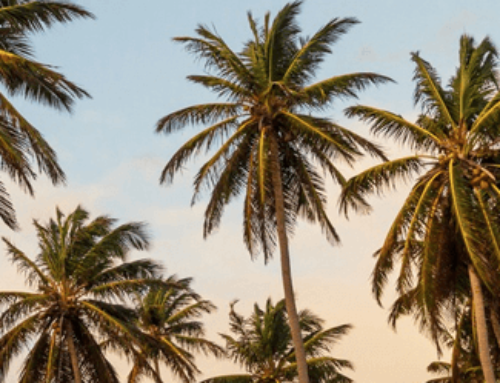
Leave A Comment